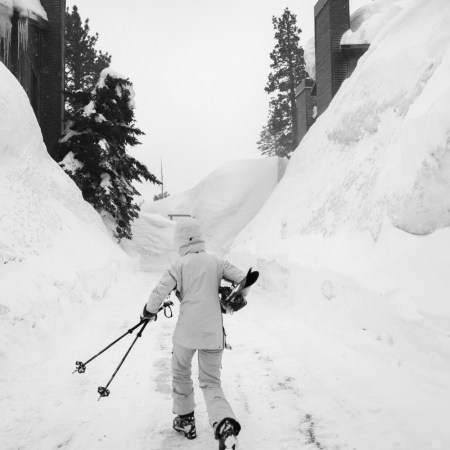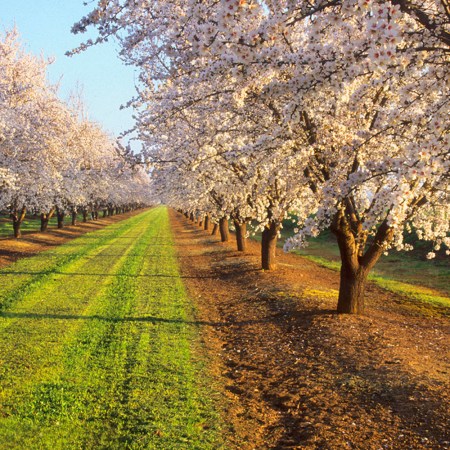Since the pandemic began, a lot has been written about its effect on how people live. This has taken a lot of forms, with particular attention paid to the ways that remote work has prompted many people to relocate — sometimes for a lower cost of living, sometimes for a simple change of scenery. The way that this phenomenon has manifested in California is especially notable, however. Why? In the midst of housing markets that remain competitive, a number of Californians have opted to move while still remaining within the state.
Given the size of California, this isn’t that surprising. But a new article in the Los Angeles Times by Sarah Parvini offers an in-depth look into how pandemic-era moves are reshaping the state.
The article cites El Dorado County in particular as a destination for many Bay Area residents looking for, as Parvini phrases it, “affordable homes, well-rated schools and access to the outdoors.” The article also cites a statistic pointing to the region northeast of Sacramento as the one that’s grown the most since the fourth quarter of 2019.
At least in El Dorado, the influx of new residents hasn’t been without some issues. That’s manifested somewhat in tension between more conservative residents of the county and more liberal new arrivals; it’s also involved some questions of class.
Perhaps unsurprisingly, there’s also a climate change-related element present — namely, the threat of wildfires. Seva Rodnyansky, an assistant professor at Occidental College, told the Times that, as the region becomes more populated, “it’s likely it’s going to be more homes in the hills or in the forest and that’s going to continue to add fire risk.” It’s a reminder of another cause for alarm likely to endure even after the pandemic has come to an end.
Thanks for reading InsideHook. Sign up for our daily newsletter and be in the know.


















